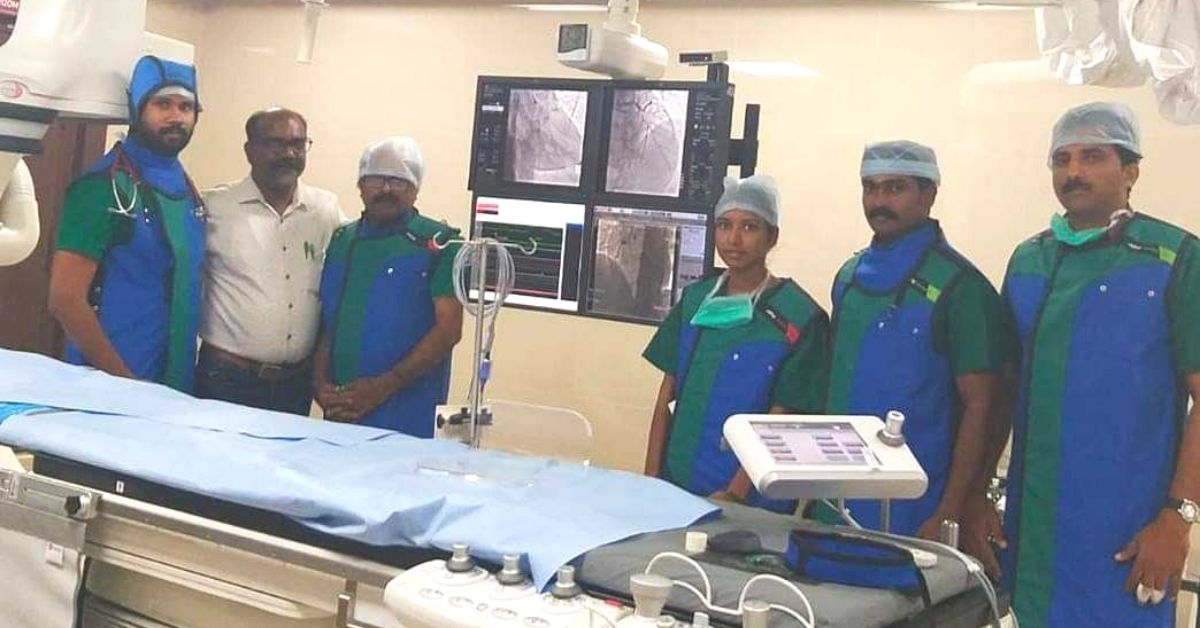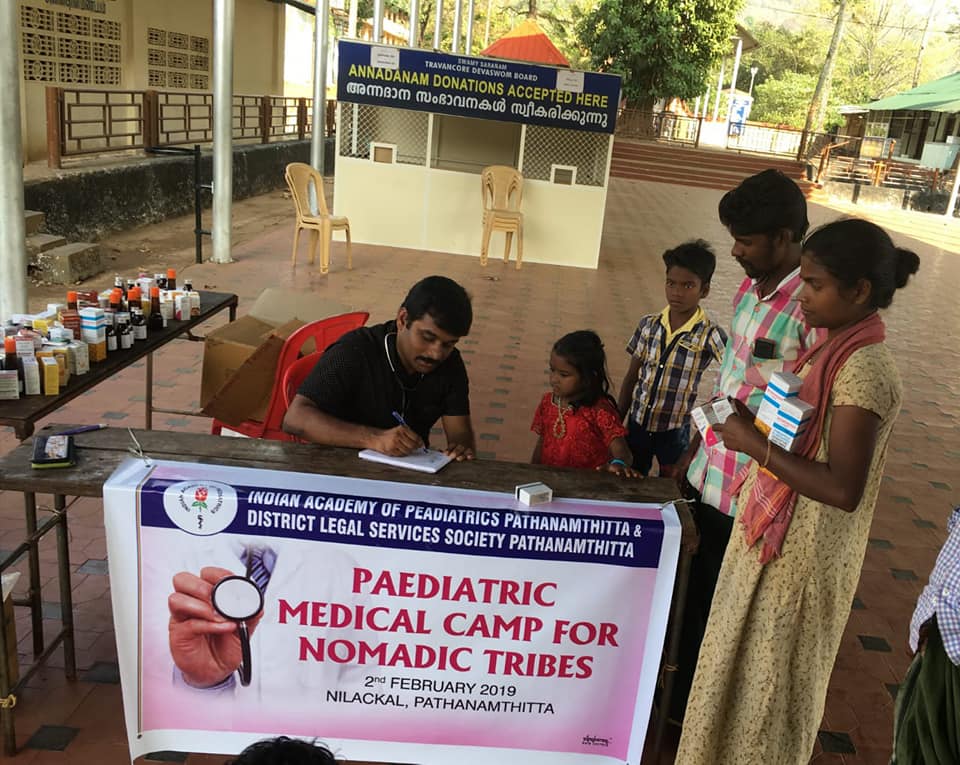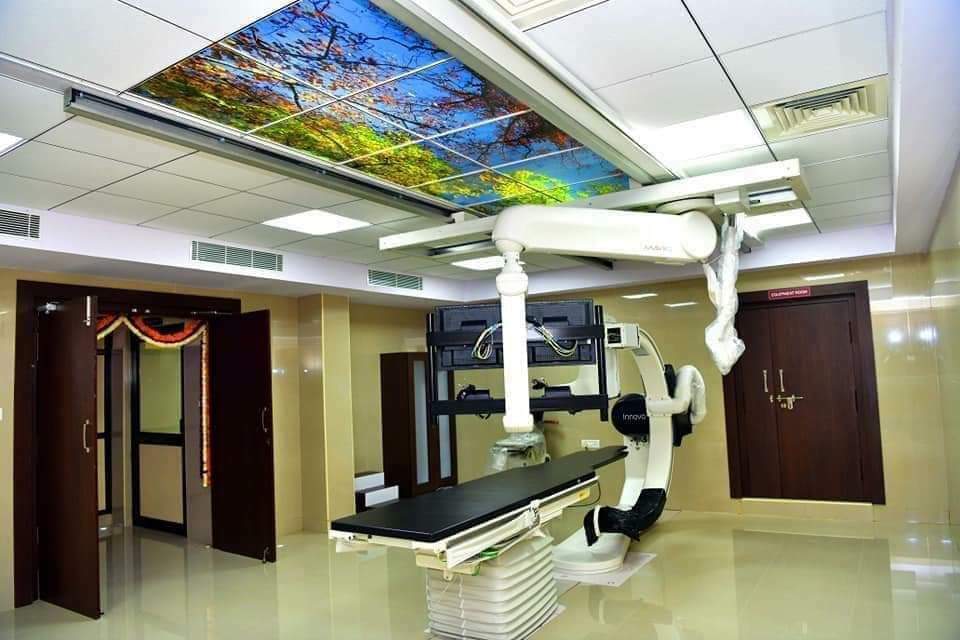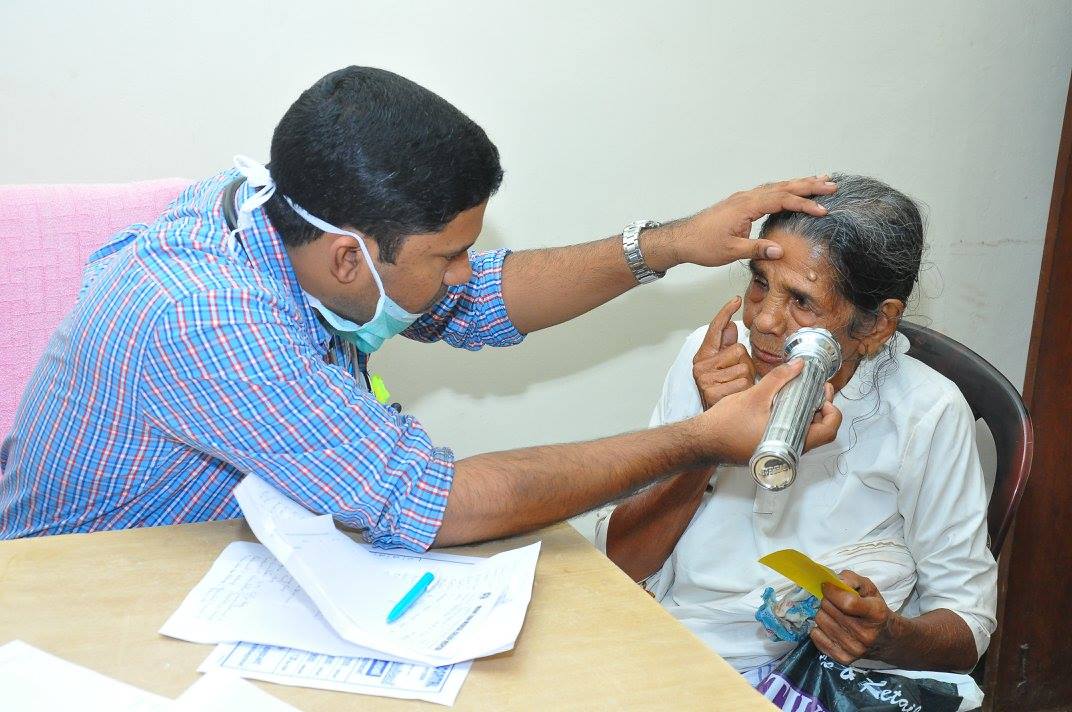Best Place to Be a Kid: Kerala District’s Healthcare Model Can Match Any Developed Nation!
Solar-powered health centres, terrific human development indicators (HDI) and the cleanest air in India — other districts would do well to borrow a leaf from Pathanamthitta's book! #Governance #HealthFirst

Home to the famous Sabarimala Temple, Pathanamthitta district in Kerala holds a special place in the hearts of many pilgrims. However, this district, in the central Travancore region, has also quietly made its mark in developing its human development indicators.
Pathanamthitta is not merely home to some of India’s cleanest air (annual reading of 26 µg/m3, having the least particulate matter in the air in India), the district also boasts of basic human development indicators that should be the envy of every administrative unit in India.
If you want to raise a child in a clean environment in the country, Pathanamthitta should find itself near the top of the list.
For starters, half the district is covered in forest, amounting to approximately 1396.95 square km. Surrounded by hills, experiencing plentiful rains and the bracing sea breeze, the district comprising of 68 village also has a low population density. In fact, it’s one of the few districts in India that saw a reduction in population from 12.34 lakh in the 2001 census to 11, 97, 412 in the 2011 census.
With a population density at a mere 452 persons per square km, this is nearly half the State average of 859. Alongside fewer private vehicles and less polluting industries, the district has the necessary environmental conditions.
Going beyond the low air pollution, the district has also performed exceptionally well in public health, particularly childcare.
According to a Harvard University and Tata Trusts commissioned study, only 12.5 per cent of the district’s children are underweight compared to the national average of 35 per cent. The district also ranks exceptionally low in child stunting at 15.9 per cent compared to 61.4 per cent for Kaisarganj district in Uttar Pradesh and the national average of 35.8 per cent. There are a couple of factors that allow this district to maintain such high standards of childcare.

Better infrastructure
Sample this description in a recent Mint report of a Family Health Centre in the district.
“The hospital building looks like a beautiful house. The rooms are clean. The walls host pleasant artwork. The compound includes a small front lawn.”
Responsible for this transformation is Mission Aardram, a 2017 Kerala government initiative.
“Mission AARDRAM aims at creating ‘People Friendly’ Health Delivery System in the State. The approach will be need-based and aims at treating every patient with dignity. Through the state-of-the-art investigation and intervention protocols, it envisages transforming all Primary Health Centers into Family Health Centres as a first level Health delivery point. The mission envisages ensuring quality care at Primary Health Centres. All high footfall hospitals will be transformed to patient-friendly Out-Patient (OP) service providers. The services include web-based appointment system, virtual queues, patient reception at registration centres, waiting rooms with wi-fi facilities and so on,” says this description.
Earlier, these facilities that run on solar power were open from 10 am to 1 pm, but the timings have now been extended to 6 pm. Also, depending on a particular locality needs, on any given day of the week, a speciality clinic is set up.
For example, Fridays are for those living with mental health issues, while Mondays are dedicated to pregnant women. These centres also conduct yoga classes in the morning, health and lifestyle awareness sessions and physical activities like martial arts for children in the evening.
The district also possesses a general hospital which has three super speciality wards.

Unlike bigger cities, the district’s low-income families avail of these services the most. Under state-sponsored schemes, both lab tests, medicines and consultations are free with the only cost paid is for collecting a clinic pass or outpatient ticket for Rs 5. Those younger than 18 or other social groups on the margins, meanwhile, pay even less.
Once a patient receives his/her OP ticket/pass, an attendant takes the patient for a pre-consultation check up (measuring pulse, etc). However, more than the staff at the hospital, it’s the Accredited Social Health Activist (ASHA) workers who have done exceptional work in monitoring the district’s public health status, keeping close tabs on the potential spread of diseases, and raising awareness on basic health concerns and hygiene, according to the Mint report.
With strict monthly supervision from the top, these ASHA workers have done quality work in detecting potential illnesses early in young children. This is also precisely why these health centres aren’t filled to the rafters with patients. Prevention, indeed, is better than cure.
For doctors, the temptation to make the jump to the private sector isn’t great considering that the salary they receive meets industry standards.
Remittances and state investment
Kerala’s historic record of focussing on human development indicators, particularly in health and education, has been very well documented.
However, back in the early 1990s, Pathanamthitta district itself, which was carved out of neighbouring Alappuzha, Kollam and Idukki in 1982, ranked among the highest in getting remittances coming in from abroad, particularly from locals working in the Gulf countries.
Sample this Economic Times report from 2009 about one stretch of this district.
According to this report, as of 2009, the bank deposits for the Kumbanad-Pullad-Thiruvalla belt were estimated to be Rs 5,400 Crore. All this money fueled a spurt in private investment, particularly in constructing better private schools and hospitals.
Along with this jump in private wealth, however, came a strong aspiration for quality public healthcare infrastructure, particularly considering the State’s strong record on it. If you follow any election campaign in this district, the question of material development is inescapable, particularly on the subject of expenditure in public infrastructure.

This is non-negotiable for the district’s voters. If elected representatives don’t deliver, they face an ouster. During the recent floods in Kerala, of which Pathanamthitta district was one of the worst affected, authorities managed to prevent any significant outbreak of vector-borne diseases, a constant worry in these circumstances. While infrastructure did suffer great damage, local medical authorities were quick to avert many medical crises.
Also Read: Kerala Continues to Lead The Way in Healthcare, Says This NITI Aayog Report
In short, what the district has, is a robust public health infrastructure built on long-term state-backed investments, competence, awareness, and an expansive outreach mechanism.
(Edited By Saiqua Sultan)
Like this story? Or have something to share? Write to us: [email protected], or connect with us on Facebook and Twitter.

Similar Story

Would Your Parents Support You Taking Therapy? This Mental Wellbeing Survey Reveals an Unseen Change
An ITC Fiama survey on mental health shows 80% of Indians trust their parents to back them in seeking therapy, signalling a change in how its perceived by Gen Z, millennials, and their parents.
Read more >
If you found our stories insightful, informative, or even just enjoyable, we invite you to consider making a voluntary payment to support the work we do at The Better India. Your contribution helps us continue producing quality content that educates, inspires, and drives positive change.
Choose one of the payment options below for your contribution-
By paying for the stories you value, you directly contribute to sustaining our efforts focused on making a difference in the world. Together, let's ensure that impactful stories continue to be told and shared, enriching lives and communities alike.
Thank you for your support. Here are some frequently asked questions you might find helpful to know why you are contributing?


This story made me
-
97
-
121
-
89
-
167












